Quick Takeaways
- Stay hydrated and use a saline eye spray before take‑off.
- Equalize sinus pressure by yawning, chewing gum, or using a nasal decongestant.
- Apply lubricating eye drops during the flight and keep a cool compress handy.
- Avoid alcohol, salty snacks, and tight goggles that can worsen puffiness.
- If swelling persists after landing, seek medical advice.
Why Your Eyes Like to Puff Up on a Plane
When you board a plane, eye swelling is a temporary puffiness around the eyes caused by fluid buildup in the soft tissues. The cabin’s low humidity, rapid changes in cabin pressure, and the way our bodies react to altitude all play a part. Cabin pressure drops to the equivalent of 6,000‑8,000 feet, which can make the tiny blood vessels around the eyes expand. Dehydration from dry air and reduced water intake makes the blood thicker, so fluid leaks more easily into the surrounding tissue. Allergy sufferers also feel the pinch because airborne irritants and recirculated air can trigger a histamine response, leading to swelling.
Pre‑flight Prep: Stop the Swell Before It Starts
Getting ahead of the problem is easier than fighting it mid‑flight. Here are the steps you can take in the hours before you take off.
- Hydrate like a champ - Aim for at least 500ml of water two hours before you leave the gate. Avoid coffee or alcohol, which pull water out of your system.
- Use a saline eye spray or preservative‑free artificial tears (e.g., lubricating eye drops) to moisturize the ocular surface. Apply 2‑3 drops per eye 15 minutes before boarding.
- If you’re prone to sinus pressure, a mild nasal decongestant spray (oxymetazoline 0.05% for one dose) can keep your Eustachian tubes open.
- Take an oral antihistamine if you know you’re allergic to pollen or dust. Look for non‑drowsy options like loratadine to avoid grogginess.
- Pack a small, insulated bag with a reusable cool compress (a gel pack that you can chill before the flight). A cool surface on the eyelids reduces blood vessel dilation.
In‑flight Tactics: Keep the Puffy Feeling at Bay
Once you’re 30,000 feet up, the cabin environment is out of your control, but your actions still matter.
- Sip water regularly - Aim for a few sips every 20 minutes. A reusable bottle with a built‑in filter can help you avoid the sugary drinks offered on short‑haul flights.
- Practice pressure‑equalizing tricks: yawn, chew gum, or suck on a lozenge every time the plane climbs or descends. This keeps the sinuses from backing up and sending fluid toward the eyes.
- Keep a miniature bottle of artificial tears in your carry‑on and reapply every 45 minutes. The extra lubrication stops the tear film from evaporating in the dry cabin air.
- If you notice the eyes getting red or itchy, a single drop of antihistamine eye drops (e.g., ketotifen) can calm the reaction without a prescription.
- Use the cool compress for a quick 5‑minute “eye spa” during the flight. The chilled gel shrinks blood vessels and soothes any early puffiness.
- Avoid salty snacks, which draw fluid into the tissues. Opt for fresh fruit, raw nuts, or plain crackers instead.
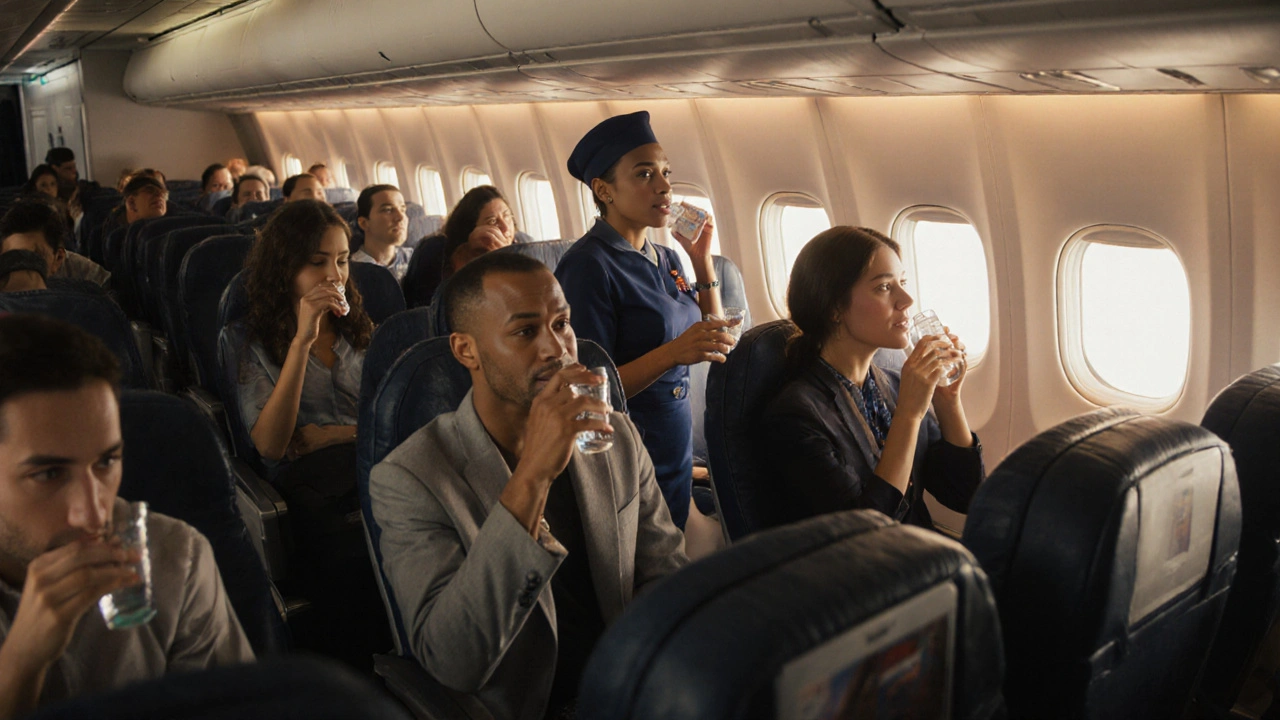
After‑flight Care: Reset Your Eyes for the Destination
Landing doesn’t mean the job is done. Your eyes may still need a little TLC before you step out of the terminal.
- Drink a full glass of water as soon as you disembark. Re‑hydrating quickly helps the circulatory system flush excess fluid.
- Apply a fresh cool compress for another 10 minutes. Cold exposure right after a flight maximizes the reduction of swelling.
- Give your eyelids a gentle massage-use your ring finger to stroke from the inner corner outward. Light pressure encourages lymphatic drainage.
- If you have a history of allergic eye swelling, continue using antihistamine eye drops for the next 24‑48hours.
- Take a short walk and do some neck rotations. Movement encourages blood flow and prevents fluid from pooling around the face.
When to Seek Professional Help
Most puffiness fades within a day, but certain signs mean you should talk to a doctor.
- Swelling that worsens or lasts more than 48hours.
- Painful pressure, vision changes, or double vision.
- Redness that spreads to the white of the eye (sclera) or a yellow crust.
- History of thyroid disease, kidney issues, or heart problems-these can cause chronic periorbital edema.
If any of these appear, schedule an appointment with an ophthalmologist or your primary care physician. Early diagnosis can rule out infections, sinusitis, or more serious systemic conditions.
Quick Checklist to Keep in Your Carry‑on
| Item | Purpose | When to Use |
|---|---|---|
| Reusable water bottle | Maintain hydration | Throughout the flight |
| Saline eye spray / artificial tears | Moisturize ocular surface | Pre‑flight & every 45min in‑flight |
| Antihistamine eye drops | Calm allergic reactions | If itching/redness appears |
| Cool compress (gel pack) | Reduce blood‑vessel dilation | Pre‑flight, mid‑flight, post‑flight |
| Nasal decongestant spray | Equalize sinus pressure | Before ascent/descent |
Key Takeaway
By staying hydrated, protecting moisture, and managing pressure changes, you can effectively prevent eye swelling on your next trip. A few simple items in your bag and a handful of habits can keep your eyes feeling fresh, even after a 12‑hour marathon across time zones.
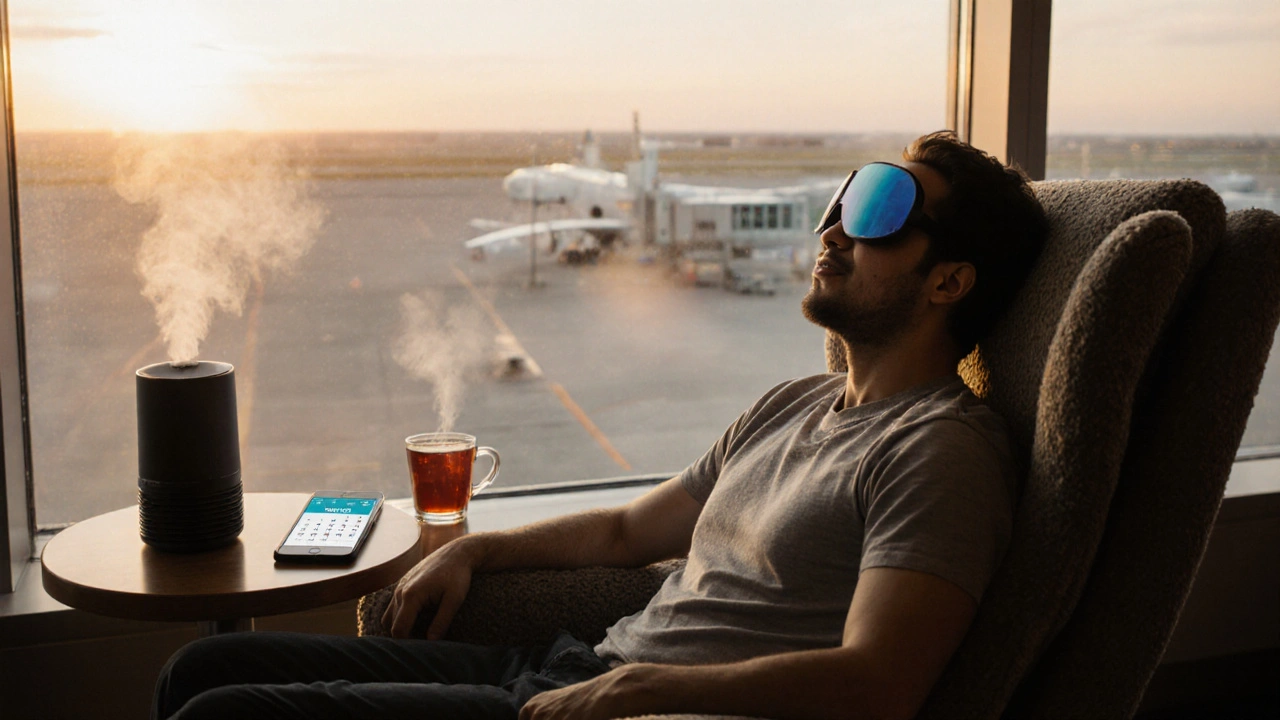
Frequently Asked Questions
Why does cabin pressure cause my eyes to puff up?
The lower pressure at cruising altitude makes blood vessels in the face expand slightly. This extra blood flow, combined with reduced humidity, lets fluid seep into the soft tissue around the eyes, creating a temporary puffiness.
Are over‑the‑counter eye drops safe for frequent travelers?
Yes, preservative‑free artificial tears are safe for daily use. They simply add moisture and don’t contain medication that could cause side effects. Just avoid drops with vasoconstrictors (like naphazoline) unless a doctor recommends them.
Can I use a regular cloth as a cool compress?
A damp, chilled washcloth works fine, but a reusable gel pack stays colder longer and is more convenient in the tight space of an airplane seat.
Do antihistamines cause drowsiness that could affect my flight?
Second‑generation antihistamines such as loratadine or cetirizine are designed to be non‑sedating. They’re a safe choice if you need to stay alert during the trip.
How long does normal eye swelling last after a flight?
For most healthy travelers, puffiness fades within a few hours to a day with proper hydration and the simple remedies listed above.

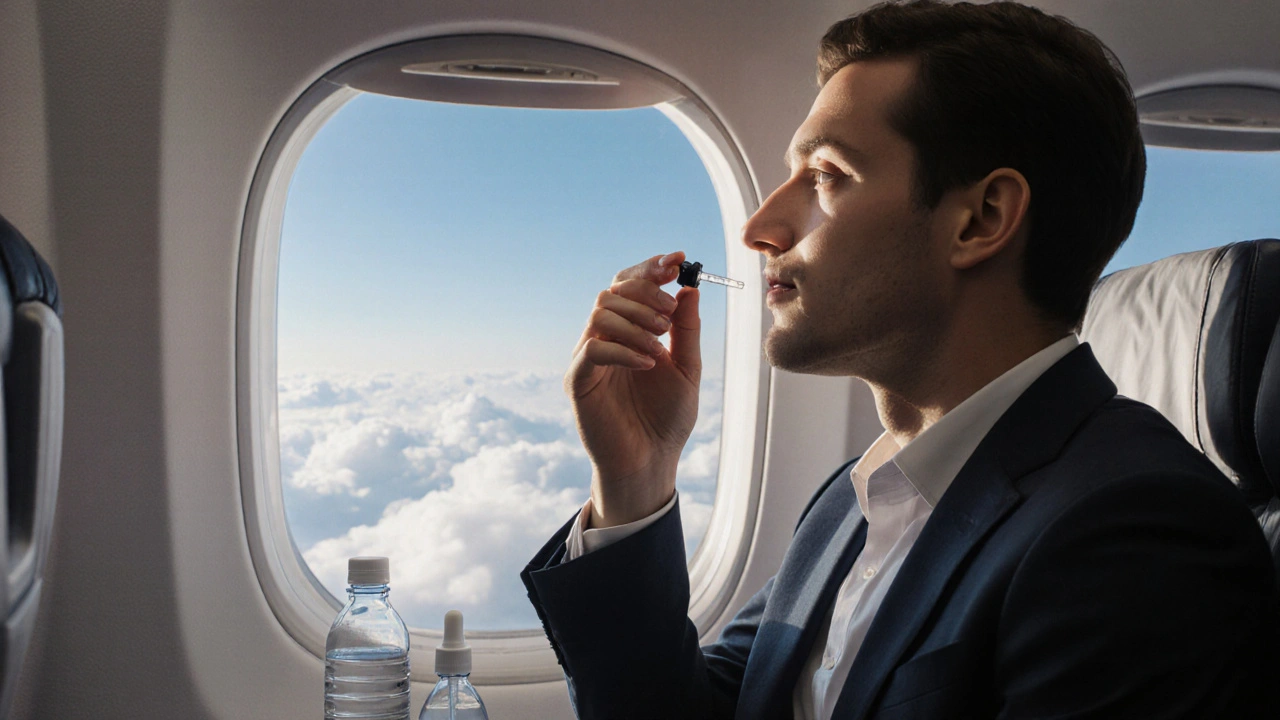

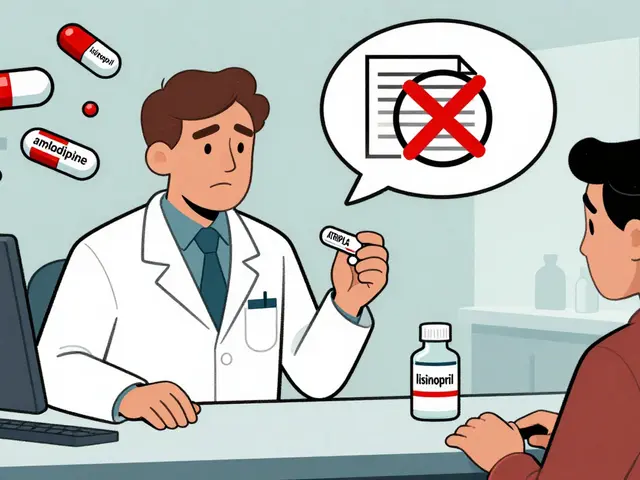
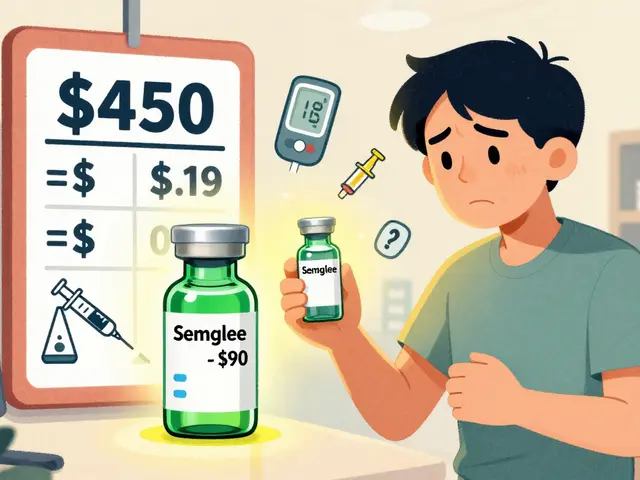
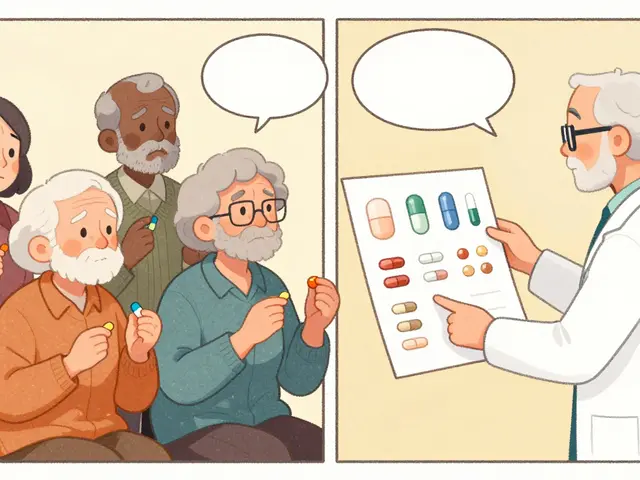
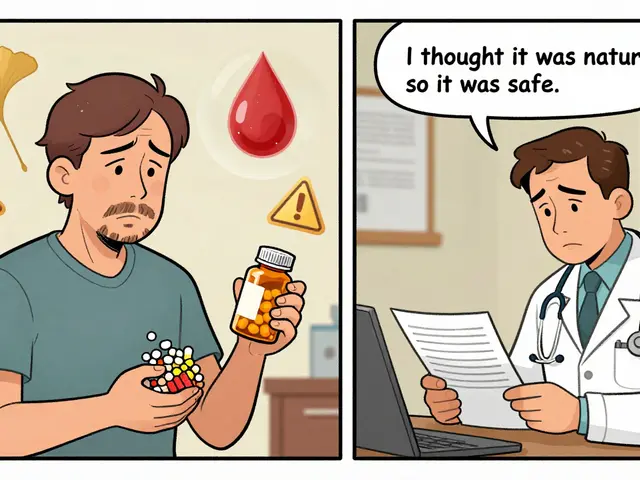

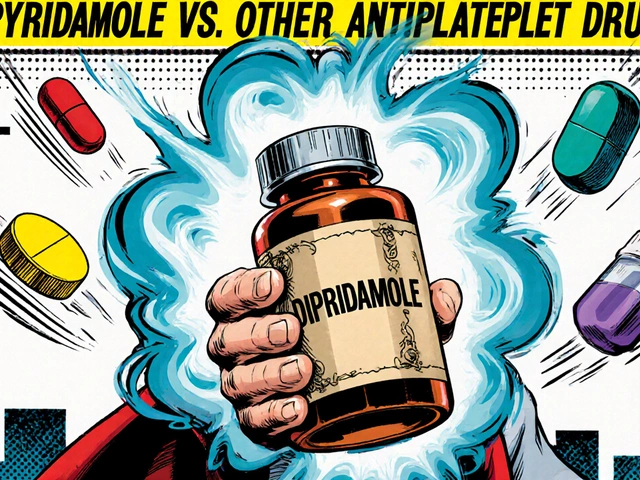
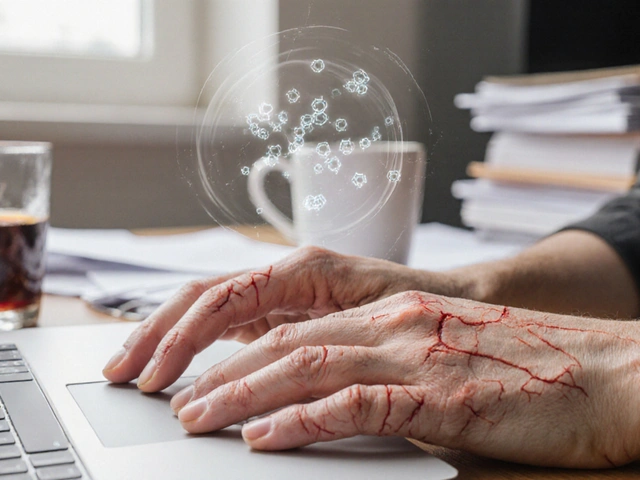
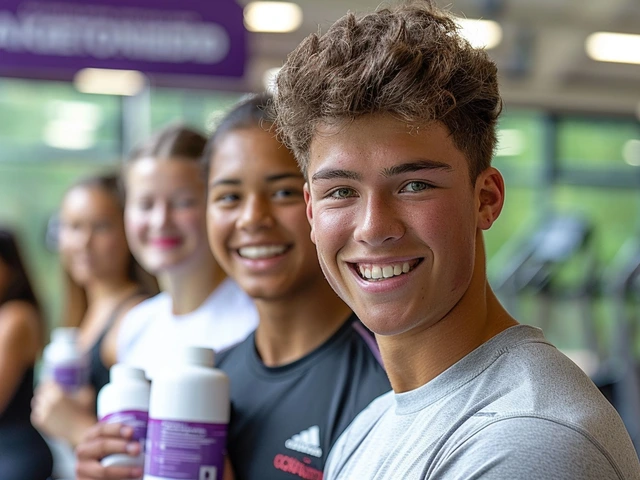
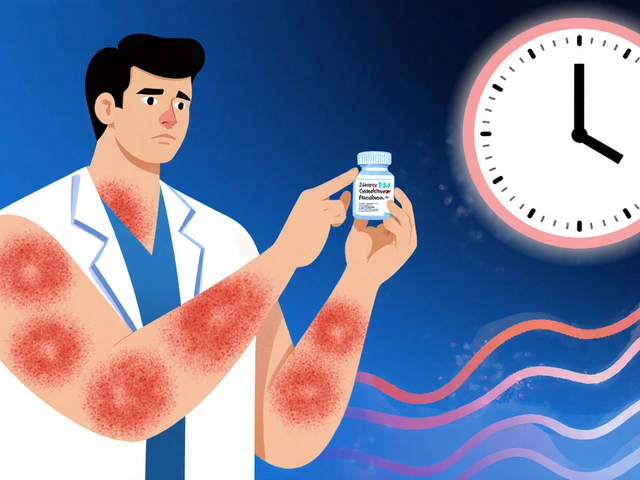
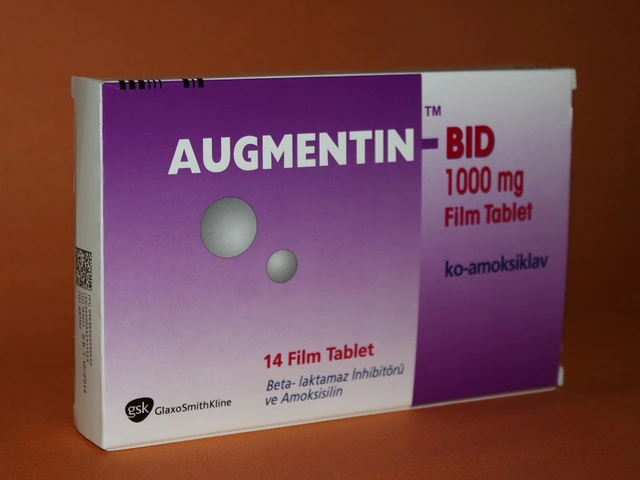
14 Comments
Eye swelling on flights is a common nuisance.
The cabin’s low humidity dries the tear film.
Dehydration thickens the blood and encourages fluid leakage.
Pressure changes expand the facial capillaries.
Saline spray before boarding adds a protective layer.
Artificial tears keep the ocular surface lubricated.
A small amount of water every twenty minutes maintains systemic hydration.
Chewing gum or yawning equalizes sinus pressure.
Nasal decongestant spray can be useful for sensitive ears.
Antihistamine eye drops calm allergic irritation.
A chilled gel pack applied to the lids constricts blood vessels.
Avoid salty snacks that draw fluid into the tissues.
Post‑flight, a glass of water and a fresh compress speed recovery.
Gentle eyelid massage encourages lymphatic drainage.
If swelling persists beyond forty‑eight hours, seek medical advice.
I always pack a small bottle of preservative‑free tears.
The cool compress idea saved me on a long‑haul last summer.
Staying hydrated with a filtered bottle is surprisingly easy.
Those simple habits keep my eyes from looking like a cartoon.
Got my saline spray ready and it works like a charm.
Using the gum trick during descent prevents that tight feeling.
Even a quick eye massage helps the fluid drain faster.
They’re hiding the real reason the cabin air makes us puffy.
It’s all part of a bigger experiment on passenger physiology.
Oh, the drama of a tiny gel pack in a cramped seat!
It’s the only thing that keeps my eyes from turning into water balloons.
Don’t even think about the salty pretzels, they’re the enemy.
Great checklist! I always add a reusable water bottle and a gentle eye mask.
The mask gives a bit of darkness which helps me relax and reduces eye strain.
Combine that with regular sips and the drops and you’re set for any length flight.
Hydration is king.
This guide is over‑simplified – you need a medical-grade pressure regulator for real results.
Airline snack choices are a conspiracy to keep us dependent on their overpriced stuff.
Love the positivity! A fresh fruit snack and a cool compress really lift the mood.
Staying upbeat on the plane makes the whole experience less stressful.
Can’t wait to try these tips on my next trip.
We should all be more considerate of our bodies while traveling.
Ignoring simple self‑care measures is just lazy.
Honestly, if you read the fine print on the airline’s health advisory, they already suggest staying hydrated.
The pressure issue is inevitable, you can’t beat physics.
So the best you can do is follow the basic steps, nothing fancy.
I appreciate the thoroughness of this guide.
The inclusion of specific product recommendations adds practical value.
Moreover, the post‑flight recovery section demonstrates a holistic approach.
Overall, a commendable resource for frequent flyers.
The emphasis on cool compresses is sensible.
It’s a low‑cost method with measurable benefit.
Wow, this turned my nervous pre‑flight jitters into confidence!
The step‑by‑step list feels like a safety net for my eyes.
I especially love the gentle eyelid massage tip – it feels soothing.
Now I can board my next transatlantic flight without fearing puffiness.
Thank you for the empowering advice.